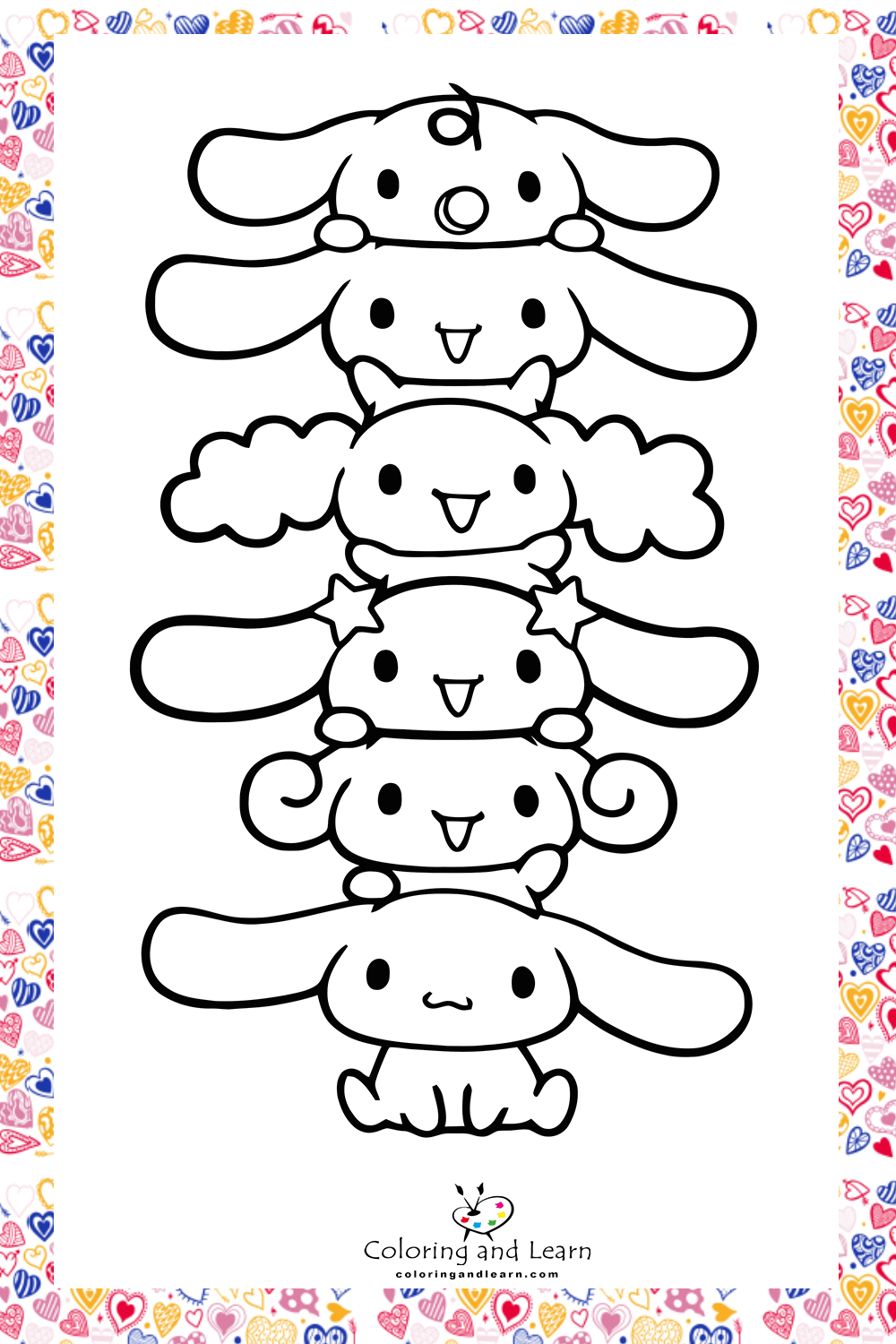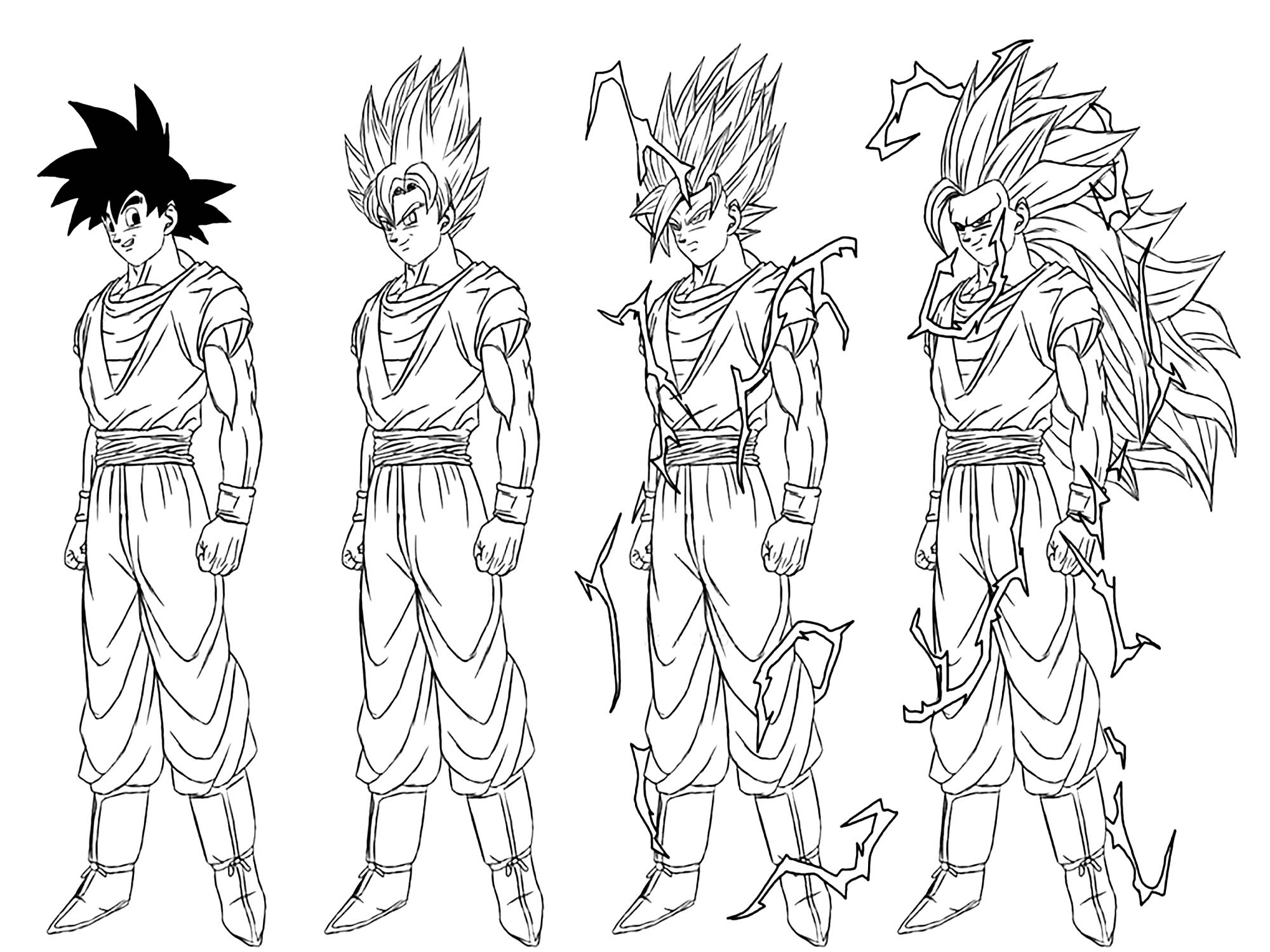5 Ways to Bring Worlds to Life with Printable Scenery

Creating Immersive Environments for Your Favorite Games and Stories
As a gamer, storyteller, or simply someone who loves to imagine and create, you know how important it is to have a rich and immersive environment to bring your worlds to life. Whether you’re playing a tabletop RPG, acting out a favorite story, or just enjoying some creative playtime, having the right scenery can make all the difference. That’s where printable scenery comes in – a versatile and accessible way to create detailed, engaging environments for your favorite games and stories.
What is Printable Scenery?

Printable scenery refers to paper-based terrain and scenery elements that can be printed at home or at a local print shop, cut out, and assembled to create 3D environments. These can range from simple cardstock buildings and trees to intricate, multi-part models of complex structures like castles or spaceships.
Benefits of Printable Scenery
- Cost-effective: Printable scenery is often much cheaper than buying pre-made terrain or scenery, especially for larger or more complex environments.
- Customizable: With printable scenery, you can tailor your environment to fit your specific needs and preferences.
- Portable: Paper scenery is lightweight and easy to transport, making it perfect for games or events that require setup and teardown.
- Easy to use: Many printable scenery sets come with pre-made designs and instructions, making it easy to get started even for beginners.
5 Ways to Bring Worlds to Life with Printable Scenery
1. Tabletop Gaming
Printable scenery is a staple of tabletop gaming, allowing players to create immersive environments for their favorite RPGs, miniatures games, and board games. From medieval castles to futuristic space stations, printable scenery can help bring your game world to life.
- Tips and Variations:
- Use different textures and colors to create distinct environments, such as desert sand or dark stone.
- Add lighting effects, such as glow-in-the-dark accents or string lights, to create ambiance.
- Incorporate movable parts, like doors or bridges, to enhance gameplay and interaction.
2. Dioramas and Displays
Printable scenery can also be used to create beautiful dioramas and displays for your favorite miniatures, models, or collectibles. Whether you’re showcasing a beloved character or recreating a iconic scene, printable scenery can help create a stunning backdrop.
- Tips and Variations:
- Use a combination of flat and 3D elements to create depth and interest.
- Experiment with different scales and proportions to create unique effects.
- Add small details, like rocks or debris, to create a more realistic environment.
3. Cosplay and Photography
Printable scenery can be a valuable tool for cosplayers and photographers, providing a quick and easy way to create immersive backdrops for photoshoots and performances. From fantasy landscapes to sci-fi cities, printable scenery can help bring your character to life.
- Tips and Variations:
- Use large, bold designs to create a dramatic impact.
- Experiment with different materials, like cardstock or foam board, to create unique textures and effects.
- Add interactive elements, like props or movable parts, to enhance the photo experience.
4. Storytelling and Education
Printable scenery can also be used in educational settings or for storytelling activities, helping to create engaging and interactive environments for students or audience members. From historical reenactments to fantasy worlds, printable scenery can help bring stories to life.
- Tips and Variations:
- Use simple, easy-to-assemble designs to create a collaborative building experience.
- Incorporate educational elements, like labels or diagrams, to enhance learning.
- Experiment with different scales and perspectives to create a unique storytelling experience.
5. Creative Play and Imagination
Finally, printable scenery can be used simply for creative play and imagination, providing a fun and engaging way to explore new worlds and ideas. From fantasy landscapes to futuristic cities, printable scenery can help spark creativity and inspire new ideas.
- Tips and Variations:
- Use a variety of colors and textures to create a unique and immersive environment.
- Experiment with different scales and proportions to create a sense of wonder and discovery.
- Add interactive elements, like movable parts or puzzles, to enhance the play experience.
🔍 Note: When working with printable scenery, be sure to use a high-quality printer and paper to ensure the best results. You can also experiment with different materials and techniques to create unique textures and effects.
By incorporating printable scenery into your games, stories, and creative activities, you can bring new levels of depth and immersion to your experiences. Whether you’re a seasoned gamer or just looking for a fun and creative outlet, printable scenery is a versatile and accessible way to bring your worlds to life.
And as a final thought, don’t be afraid to experiment and try new things – the world of printable scenery is full of possibilities, and the only limit is your imagination.
What is the best paper to use for printable scenery?
+The best paper to use for printable scenery depends on the specific design and desired texture. Cardstock and paperboard are popular choices for their durability and weight, while thinner papers like printer paper or construction paper can be used for more delicate or intricate designs.
Can I use printable scenery for outdoor events or activities?
+While printable scenery can be used for outdoor events or activities, it’s generally best suited for indoor use due to the potential for weather damage or wear and tear. However, you can use waterproof or water-resistant materials, like laminated paper or cardstock, to create outdoor-friendly scenery.
How do I assemble and attach printable scenery elements?
+The assembly and attachment methods for printable scenery elements will vary depending on the specific design and materials used. Common methods include gluing, taping, or using adhesive putty to attach elements together or to a base or surface.



